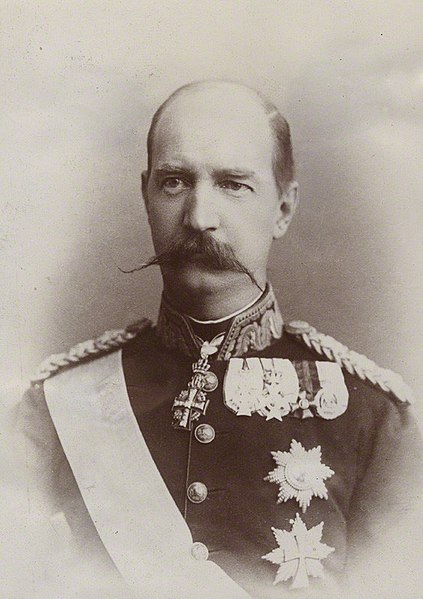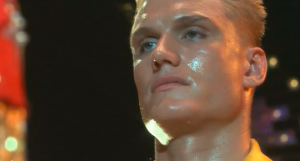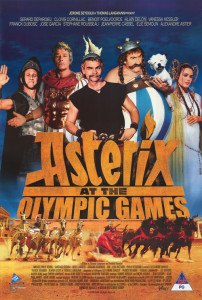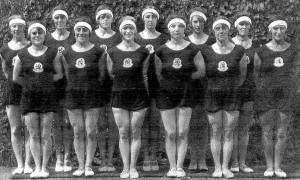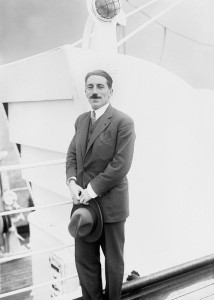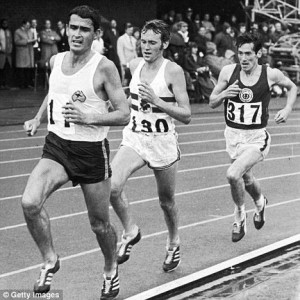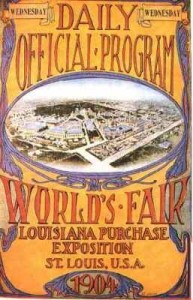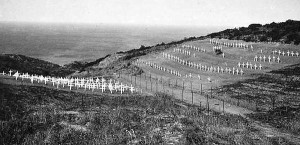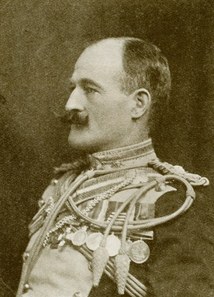At the end of the year it’s been a tradition for Olympstats to post something to mark the holidays. This time we’ll focus on sportspeople and people who have other Olympic connections who were born at this time of year.
December 24 – Christmas Eve.
King George of Greece
The first person to mention was no Olympian in the standard sense but instead an important figure in the revival of the Games and whose family connections with Olympism span over three centuries.
Christian Wilhelm Ferdinand Adolf Georg von Schleswig-Holstein-Sonderburg-Glücksburg was a prince of Denmark who was offered the Greek throne as a 17-year-old after the overthrow of the unpopular King Otto. As King George he offered his royal patronage to the 1896 Olympic Games and, later, the 1906 Intercalated Games, both of which increased his stature with the Greek public. In the fiftieth year of his reign, despite Greek successes in the first Balkan War, he lost his life to a gunman’s bullet. The assassin was variously described as an anarchist or mentally disturbed.
George’s son Constantine (Konstantinos) served as president of the Olympic Organizing Committees in 1896 and 1906 and his grandson, also George, served as president of the Greek Olympic Committee.
Another grandson, Prince Phillip of Great Britain, emulated his grandfather by officially opening the 1956 Olympic Games in Melbourne while a great-grandson, Prince Crown Prince Konstantinos (Constantine) was an Olympic champion in sailing. If you add in his links to the British and Spanish royal families, his bloodline links the first Olympic Games to the present day of 2022.
Anton Heida
In contrast, Anton Heida was not born into an aristocratic family. In fact after his competitive gymnastics career was over he performed in vaudeville as part of an acrobatic act called “The Olympic Trio”.
His unusual Olympic claim to fame is that he could be credited to have competed at the same Olympic Games for two different nations. He was an Austrian native and when he won the team and individual all-around gold medal in the July turnverein competition, he was still an Austrian citizen. But he became a US citizen (which required that he renounce Austrian nationality) on 17 October 1904, so he was an American at the time of the late October gymnastics events
Alexis McAllister
Moving forward by more than a decade, Alexis McAllister was perhaps the outstanding performer in the 2022 FIFA football World Cup final. Unfortunately for him, Argentina were knocked out of the 2021 Tokyo Olympic Games in the group stage after a surprise loss to Australia
December 25 – Christmas Day
Freydoun Malcolm Khan
It’s an odd thought that the first Olympian produced by Iran was actually born on the holiest of Christianity’s holy days. Freydoun Malcolm Khan was born into Armenian-Persian aristocracy in London where his father was serving in London as minister plenipotentiary and later as ambassador. His Olympic career saw him qualify for the second round of the Épée competition in 1900 but progress no further.
Noël Delberghe
An Olympic champion born on Christmas Day and with the given name Noël probably fits the criteria to be mentioned in this post as well as anybody ever could be. Previously Great Britain had won all four Olympic water polo tournaments they had competed in but in 1924 they were defeated by the Hungarians by the odd goal in thirteen in their first round match. The Hungarians themselves were routed by Belgium in their next match and this led to a France versus Belgium final.
The French team, which included Delberghe from the Belgian border town of Tourcoing as one of their defenders, shut out their opponents for a memorable gold medal win.
Emanoul Aghasi
The second Iranian Olympian we mention to have been born on Christmas Day was also an ethnic Armenian. Better known as father to tennis superstar Andre Agassi, Emanoul competed at the London Olympics of 1948 and also four years later in Helsinki but lost his first boxing bout on both occasions. Aghasi retired from active competition after the 1952 Games and moved to Chicago to join his brother, renaming himself “Mike”.
Christ Noël Yarafa
To move things up a notch, it seems Christ Noël Yarafa of the Central African Republic is the ultimate in aptly named Olympians. His Olympic performance was not outstanding as his national team finished 29th of 30 teams in the teams time trial in 1992, one team did not complete the course, but as president of his country’s national cycling federation he is credited with almost single-handedly keeping the sport alive amid all the violence in the country, coaching and inspiring many young cyclists in Central Africa despite a chronic lack of funding for the sport.
Oleksiy Sereda
Oleksiy Sereda was born in 2005 and, as such, is still only 15 at the time of me writing this.
Already the Ukrainian has proved to be a stellar talent in the world of diving and has won medals in both the World and European championships and finished in the top six at the Olympic Games on Tokyo. He has the potential to be a leading light for both his sport and trouble torn country for many years to come.
